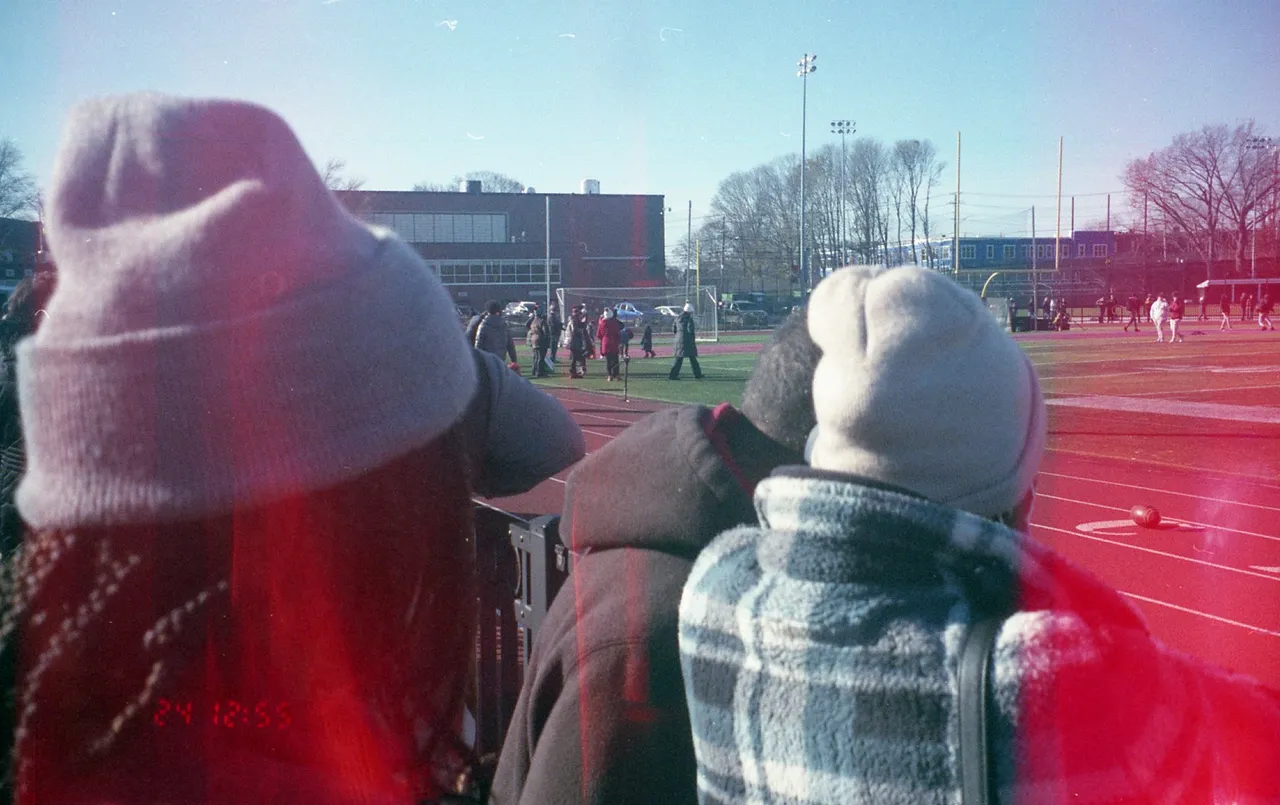Torn over which foot to put forward, the little boy would not walk forward. The clouds overhead seemed to crowd in confusion at the sight. A friendship reminds you of a walk. It all begins with the first step- but not only friendships- connections of many levels begin this way.
Following a conference in September, I met many people. More accurately, the second part of last year I experienced a network effect of community in my city. The wide horizon of tech leans forward as Maya Angelou once spoke and many people involved were a lot like me; we were all crazy enough to want change.

Necessity drives us, but progress isn’t linear- consider Bernie Madoff and his actions through the recently finished documentary. I find myself overwhelmed with information, people and tasks- like some kind of game. Then, I focused my lens on Robin Dunbar’s number.
Dunbar’s number is a suggested cognitive limit on the number of people with whom one can maintain stable relationships. Robin informally referred to it as ‘an ability o joint with for a drink’- an impromptu run in. He extrapolated the data from primatologists’ studies. He then compared the information with observable groups and their sizes. Interestingly patterns arose between farming villages, splitting points in settlements and occasionally, business organizations. For a group that large, however, Dunbar noted a lot of time- 42% of activity- would beg engagement, social grooming. Only intense environmental and economic pressures- absolute need would drive this phenomenon. Then I picture my quest.
Habit formation depends on four factors. Making it easy, attractive, satisfying and obvious. Would I be able to make networking a habit? As long as it involved something I enjoyed, which James Clear referred to as habit stacking.

Network perks
The process this year wouldn’t be to continually meet new people, given I have an upper limit of 150. I want to see if I could arrive at my optimal Dunbar’s number with improvements to connections. Customer or consumer relationship management typically relies on technology to optimize. I would it the old-fashioned way, with thank you cards, phone calls and meetups.

Jay
An ambitious local man determined to run a truck to advertise his project this summer. He offered an opportunity to join the caravan, with my work emblazoned across the displays upon his 72-foot truck.
Ian
A local city counseled and executive board member to an incubator, he invited me to the office last year to follow up on the conference and upcoming events.
Reynolds
A consultant in the real of public relations, his avenue involved advocacy and campaigns for local politics, which explains his connection to Ian. We connected amicably and he expressed a desire to collaborate.

The aforementioned connections have one thing in common: me. They all expressed an enthusiasm which I hope they contracted from my exuberance.
Post Summary
- I met many people last year, a life-changing amount. I struggle to keep up with them all.
- Robin Dunbar suggests there’s a limit to how many connections we can keep. It’s 150.
- James Clear says you can change your behavior with four rules. Could I make it easier to keep track of professional networking?
- Customer relations management is a process typically aided by technology. I would keep this analog.
